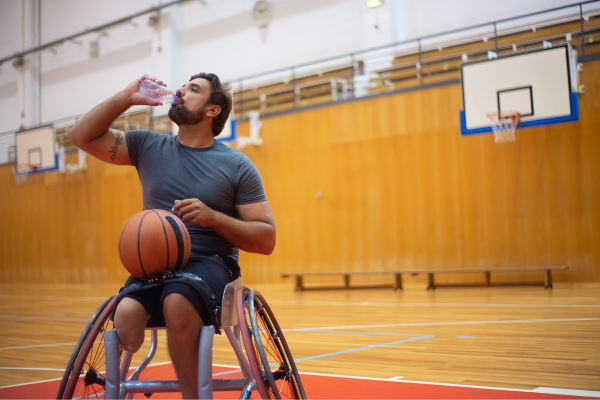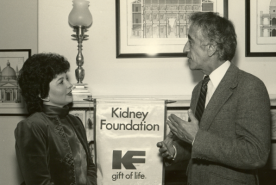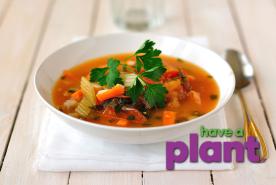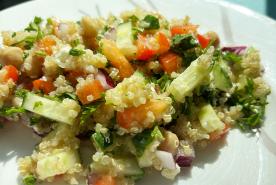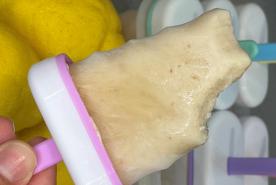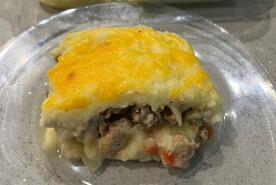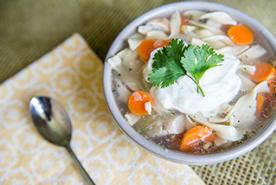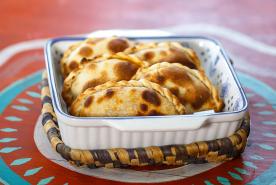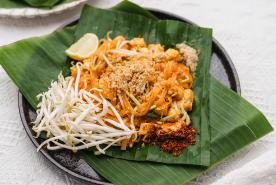October 10, 2017
By Katy Wilkens, MS, Registered Dietitian, and Department Head at Northwest Kidney Centers, Seattle WA.
Water is life. Without it, nothing would live on the planet. How hard is it then when your dialysis health care team tells you to limit your intake of water, and all fluids?
Understanding Fluid Restrictions
When kidneys fail, one of the common side effects is a decrease in making urine. Many people on dialysis stop making urine altogether. Since most dialysis patients dialyze 3 times a week, the common answer from your health care team to solve this problem is to ‘restrict your fluids’.
A fluid is anything that is liquid at room temperature. For example: beverages, soups, ice, or gelatin desserts.
What does restricting fluids mean? For most people on dialysis, restricting fluid means limiting yourself to three or four 8-ounce cups of fluid a day. If you put out any urine, you may be able to have a little more. Ask your dialysis team how much fluid you may have each day.
Another way to look at fluid is to see how much fluid weight you gain between dialysis treatments. A good goal is 1.5-2 kilograms (3-4 lbs.) between dialysis treatments for most people. Check with your doctor about what amount of fluid weight gain is safe for you.
Join the NKF Blog Newsletter
Get inspirational stories and kidney disease resources delivered to your inbox every month. You'll gain practical insights and expert advice to help you better understand and manage your kidney health no matter where you are on your kidney journey. Subscribe today.
Salt and Thirst
The secret to staying within your fluid allowance doesn’t have anything to do with willpower or fluid. It has to do with salt.
Salt makes you thirsty. The more foods high in salt or sodium you eat, the thirstier you will be. It is hard, almost impossible to limit fluid when you eat foods that are high in sodium.
The real trick to keeping your fluid gains manageable, so that you don’t have cramping, blood pressure drops, and feel bad during and after your treatment, is to limit your sodium intake to about 1,500 mg a day.
10 Tips to Control Fluid Intake
- Measure your drinking cups, mugs, and glasses to see how many ounces of fluid they really hold. Many sizes can be misleading.
- Count anything that melts at room temperature as fluid; ice, popsicles, ice cream, soup, and jello all count as fluid.
- Use lemon wedges, hard sour candies, breath mints, thirst-quenching gum, or breath spray to moisten your mouth.
- Eat frozen fruits between meals instead of drinking fluids. Try frozen grapes, blueberries, or strawberries.
- Freeze fruit juice or lemonade in an ice cube tray and use it as part of your fluid. It will be softer and easier to chew than regular ice cubes.
- Try using special dry-mouth toothpaste, mouthwash, or artificial saliva.
- Swallow your pills along with food from your meals or with soft food such as applesauce or oatmeal.
- Try a cup of espresso or strong coffee after meals for the same “lift” without the large volume.
- Check the package of ice cream bars, popsicles, soft drinks, beer, etc., and see how many ounces they contain.
- Measure out part of your fluid allowances as ice cubes and store them in a special container in your freezer. Ice is about half water by volume and it is often more satisfying than the same amount of water because it stays in your mouth longer. One ice cube tray usually holds about 2 cups of fluid.
5 Tips to Limit Sodium Intake
- Choose “well-balanced” foods that have about the same amount of sodium as calories. If your microwaveable meal has about 600 calories, and about 600 mg of sodium, (a ratio of about 1 to 1), that is a well-balanced food; compared to a can of soup, with 90 calories, and 900 milligrams of sodium, which is about 10 to 1 ratio.
- Buy and cook ‘whole foods’ the way they come from nature, as much as possible. Highly processed foods in cans, frozen packaging, and boxes are usually high in salt. The longer you can keep it, the more likely it is high in sodium.
- Read labels. Every time you grocery shop, set yourself a goal of finding just one lower-salt food to substitute for your regular choices. Just by reading labels, you can save over 400 mg of sodium in 2 tablespoons of salad dressing.
- Use fresh herbs to flavor your cooking. Every week, buy a bunch of parsley; put it in a cup of water on your kitchen counter. Every time you cook, grab a handful, chop it up, and add it to your food. Fresh herbs add amazing flavors to spaghetti sauce, soups, stews, and salads. Studies show people cut their use of sodium better when they use fresh herbs. If you have room, grow some in a pot on your deck, or a flowerbed in your yard, you will save money and add flavor.
- Have about three go-to recipes you can whip up quickly, with ingredients on hand and keep a few low-sodium frozen meals in the freezer. Either of these choices is much better, healthier, and faster than eating out when you are crunched for time.
